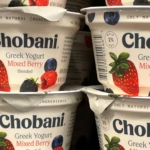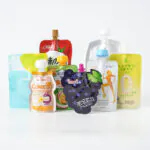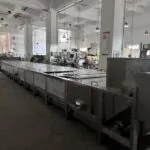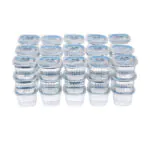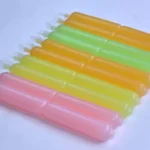
How does a servo driving system improve a high-precision filling machine?
Are you losing money from inaccurate filling? This product waste hurts your brand and your bottom line. A servo driving system provides the precise control needed to fix this problem.
A servo driving system acts as the core of a modern filling machine. It uses constant feedback to precisely control the motor’s position and speed. This ensures every fill is extremely accurate, consistent, and fast, which cuts down on waste and improves your product quality.
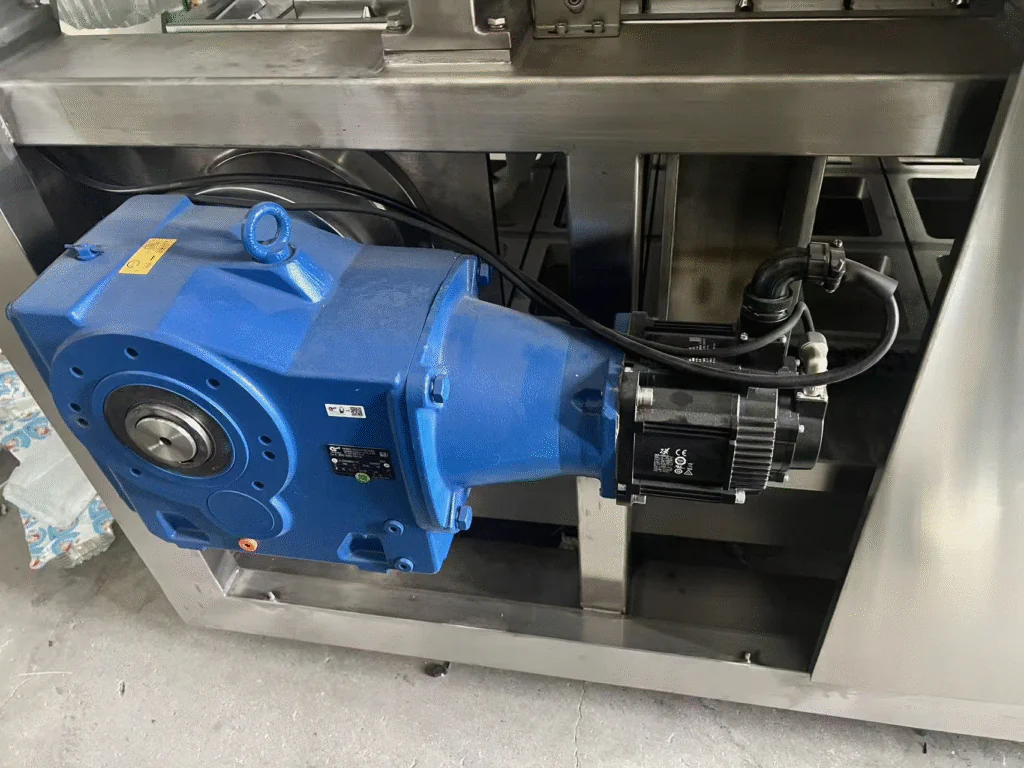
This high level of control is what separates a good machine from a great one. I have seen many production lines, and the difference is clear. The machines that deliver perfect results every time are almost always powered by servo systems. But how does this technology actually give you an edge over competitors using older machines? It is about more than just one feature; it is a complete upgrade in performance. Let’s look at the specific advantages you get.
What makes servo motors better than traditional motors for filling?
Are you tired of the inconsistent results from your older filling machines? This variation can be frustrating and costly. Servo motors provide the reliable, exact motion that older systems just can’t match.
Servo motors are superior because they use closed-loop feedback1. Unlike older motors, servos constantly check their own position and correct it in real time. This system guarantees better accuracy2, speed, and smoother operation, which is essential for any high-precision filling job.
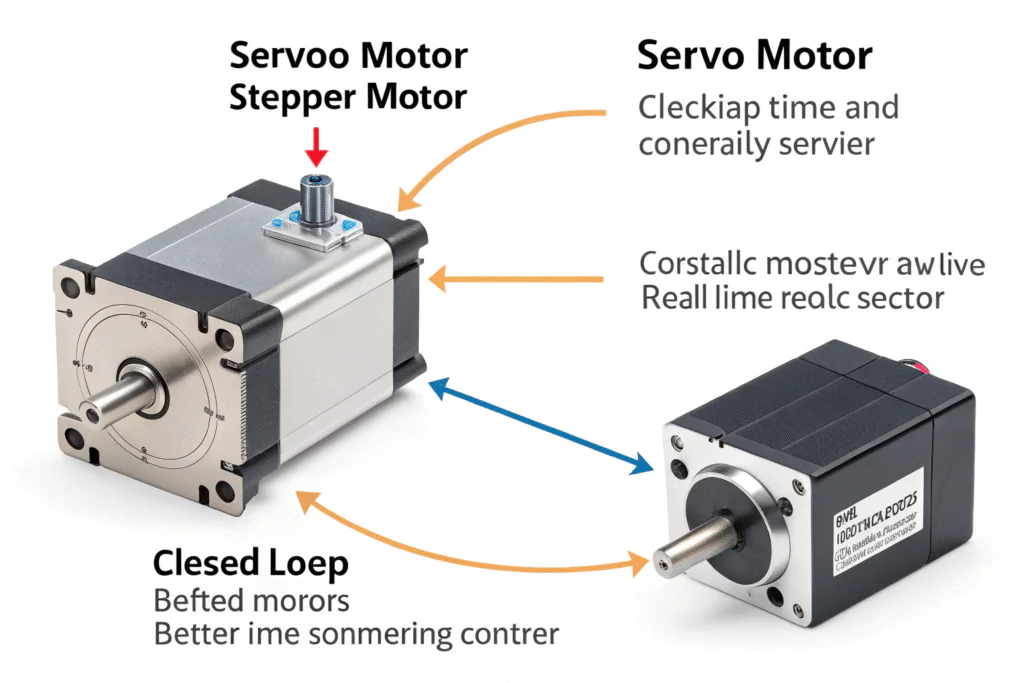
In my experience, many factories, especially those I’ve visited in growing markets, still use machines with older stepper or induction motors. While these motors can do the job, they have limitations that directly affect the final product.
The Problem with Traditional Motors
Traditional motors, like stepper motors3, operate on an "open-loop" system. This means they receive a command and execute it without checking if they did it correctly. Think of it like throwing a ball at a target with your eyes closed. You hope you hit it, but you have no way to adjust your aim mid-throw. This can lead to small errors in each cycle, which add up to significant product inconsistency and waste over a full production run.
The Servo Advantage: Closed-Loop Control
A servo motor, on the other hand, uses a "closed-loop" system. It has an encoder that acts like a sensor, constantly reporting the motor’s exact position back to the controller. If the motor is even slightly off course, the controller instantly sends a correction signal. This is like having a spotter who guides your hand to the target every single time. This feedback loop ensures that the filling nozzle moves to the exact programmed position with incredible repeatability.
Head-to-Head Comparison
| Feature | Servo Motor | Stepper Motor | Induction Motor |
|---|---|---|---|
| Control System | Closed-Loop (with feedback) | Open-Loop (no feedback) | Open-Loop (no feedback) |
| Precision | Extremely High | Moderate | Low |
| Speed | High and Variable | Moderate | Fixed or Limited Variable |
| Torque | High and stable at all speeds | High at low speeds, drops off | Varies with load |
| Cost | Higher | Lower | Low |
| Best For | High-precision, high-speed tasks | Simple positioning tasks | Continuous, steady work |
I remember a client in Indonesia who struggled with fill level variations in their yogurt cups. After upgrading to one of our servo-driven machines, their product consistency became nearly perfect.
How does a servo system reduce product waste and save you money?
Is product overflow or underfill eating away at your profits? Every extra drop you give away is money down the drain. Servo systems offer pinpoint accuracy that directly leads to big cost savings.
A servo system cuts waste by guaranteeing extreme filling accuracy. It stops overfills that give away free product and underfills that cause rejected batches. This precision saves raw materials, reduces cleanup, and boosts your profit by improving overall efficiency.
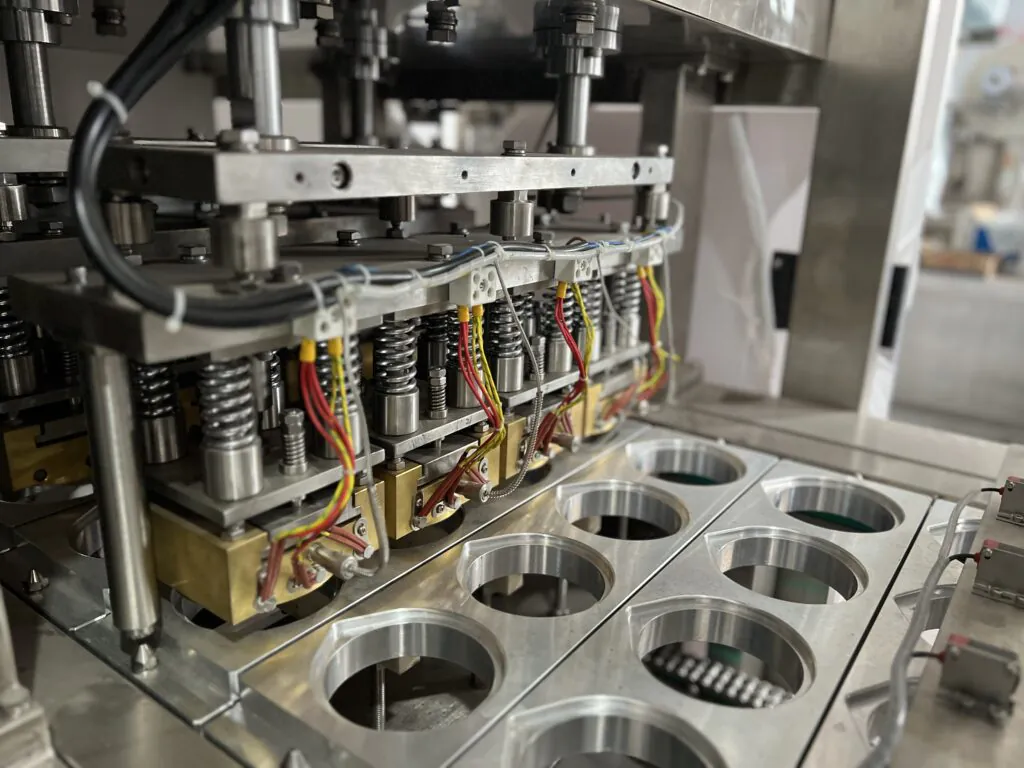
When I talk to production managers, from juice plants in Vietnam to sauce producers in Saudi Arabia, their biggest headache is often waste. The cost of waste is much more than just the lost product itself. It’s a chain reaction of expenses that impacts the entire operation.
The High Cost of Inaccuracy
Inaccurate filling creates several problems. Overfilling means you are giving away product for free. A tiny overfill of just 1 gram per cup, over millions of cups a year, adds up to tons of lost product. Underfilling is just as bad. It can lead to customer complaints and force you to reject entire batches, wasting not only the product but also the cups, lids, and labor involved. Then there’s the cost of cleanup from spills, which causes downtime and reduces your overall efficiency.
Precision Filling in Action
A servo-driven filler4 attacks this problem at the source. The system can be programmed to dispense the exact amount of product, down to a fraction of a gram. It can also control the filling speed and profile. For example, it can start fast, then slow down as the container nears the top to prevent splashing and foaming. This level of control is simply not possible with less advanced motors. It ensures that every single container is filled to the perfect level, every time.
Calculating Your Return on Investment (ROI)5
The initial investment for a servo-driven machine might be higher, but the ROI is fast. A customer of ours in Algeria who produces chili sauce told me they saved nearly 4% on raw material costs in the first year alone. These savings from reduced waste and fewer rejected products meant the machine paid for itself much faster than they had planned.
Can a servo-driven filler handle different products and containers?
Do you feel stuck with machines that can only manage one product or container size? Switching production can be slow and difficult. Servo-driven systems give you the flexibility you desperately need.
Yes, a key benefit of a servo-driven filler is its incredible flexibility. You can easily program and save different "recipes" for various product viscosities, fill volumes, and container sizes. This allows for very fast changeovers, maximizing your production uptime.
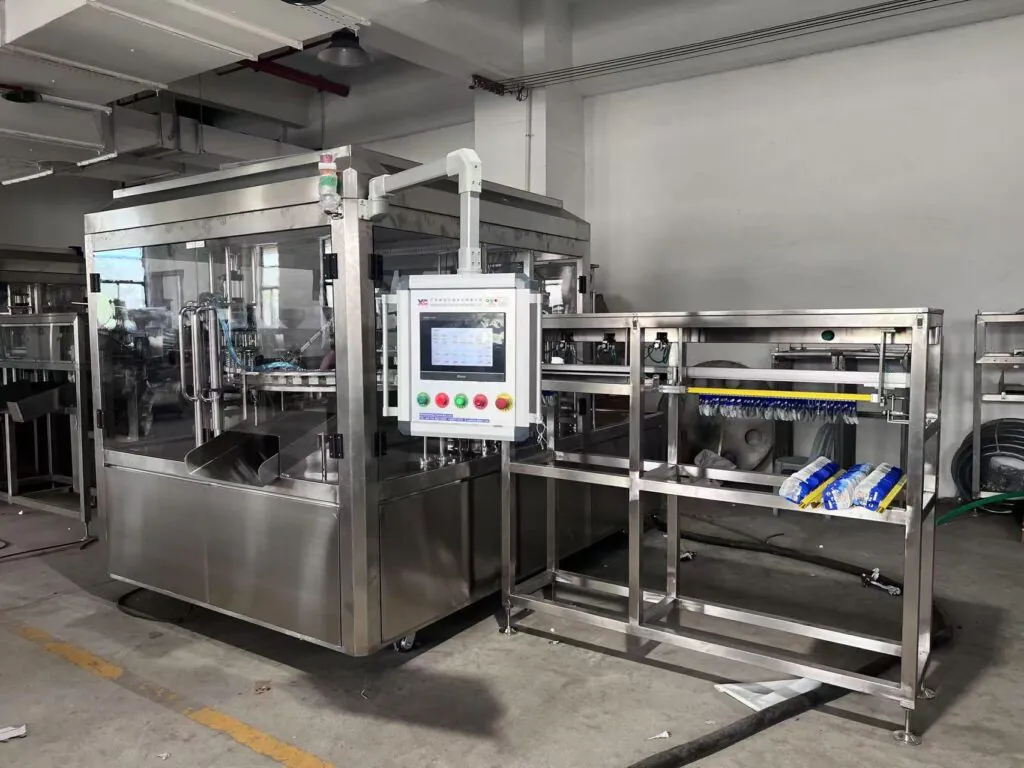
In today’s market, especially for my clients in places like South Africa or Thailand who serve diverse consumer tastes, flexibility is key to survival. You might need to fill fruit juice into a spout pouch in the morning and thick mayonnaise into a cup in the afternoon. A servo-driven machine makes this possible without major downtime.
The Power of Programmable Recipes
Modern servo fillers, like the ones we build at Xinchuang Machinery, come with a user-friendly HMI (Human-Machine Interface). On this touchscreen, you can create and save filling "recipes." A recipe contains all the parameters for a specific product: the fill volume, the motor speed, the acceleration and deceleration rates, and the nozzle movement. To switch from producing yogurt to juice, the operator simply selects the "Juice" recipe on the screen, and the machine adjusts itself automatically.
Adapting to Product Viscosity
Different products behave differently. A thin liquid like water needs a fast, clean fill. A thick product like jam or a foamy product like some juices needs a slower, more controlled fill, perhaps even filling from the bottom up to reduce air bubbles. A servo motor can execute these different motion profiles perfectly. It can change its speed and torque instantly based on the selected recipe, ensuring a perfect fill no matter the product.
Quick Changeovers for Different Containers
Changing container sizes on older machines often requires hours of manual adjustments and mechanical changes. With a servo-driven system, many of these adjustments are electronic. For example, changing the fill height for a taller cup is just a simple parameter change in the recipe. This ability to switch between products and containers quickly is a huge advantage. At trade shows like the Canton Fair, we often show how we can switch from filling a small ice lolly tube to a large cup in just a few minutes. This always impresses visitors.
Conclusion
A servo-driven system is a smart investment. It improves accuracy, cuts waste, and provides the flexibility needed for modern production, making your factory more efficient and profitable.
-
Understanding closed-loop feedback will help you appreciate how servo motors enhance precision and efficiency in filling applications. ↩
-
Exploring this topic will reveal the advantages of servo motors in achieving consistent and precise filling results. ↩
-
Exploring stepper motors will provide insights into their operation and limitations, helping you make informed decisions in motor selection. ↩
-
Explore this link to understand how servo-driven fillers enhance accuracy and efficiency in production, leading to significant cost savings. ↩
-
This resource will guide you through calculating ROI, helping you make informed decisions about investing in new machinery. ↩
Recent Posts
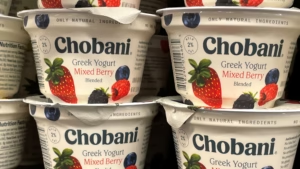
How to Choose the Right Yogurt Cup Filling Machine for Your Business?
Struggling with product spoilage? A contaminated filling process can destroy your yogurt’s quality and your
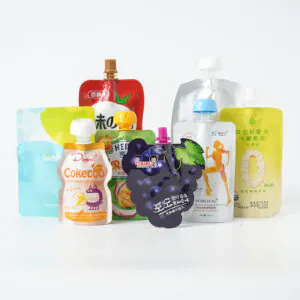
How Does Spout Bag Filling Machine Work?
Struggling with slow, messy manual filling? Worried about inconsistent product quality? An automated spout filling
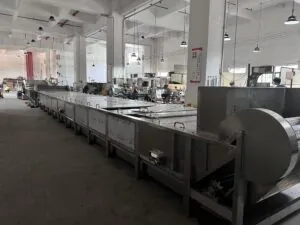
What is the Purpose of an Auto Pasteurizer in a Food Production Line?
Are your food products spoiling too quickly? This waste costs you money and limits how
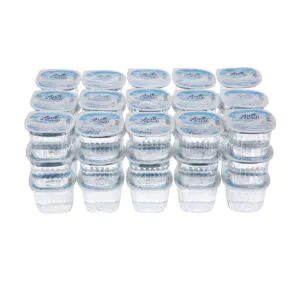
How Do You Fill Mineral Water with Cup Filling Machine?
Struggling with high investment costs for bottling mineral water? There is a simpler, more affordable
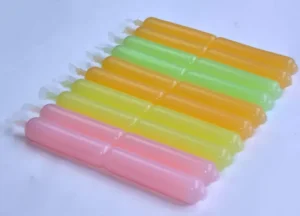
How Do You Manufacture Ice Lolly Tubes From Start to Finish?
Struggling with slow, manual ice lolly production? Inconsistent quality and low output hurts your business.


